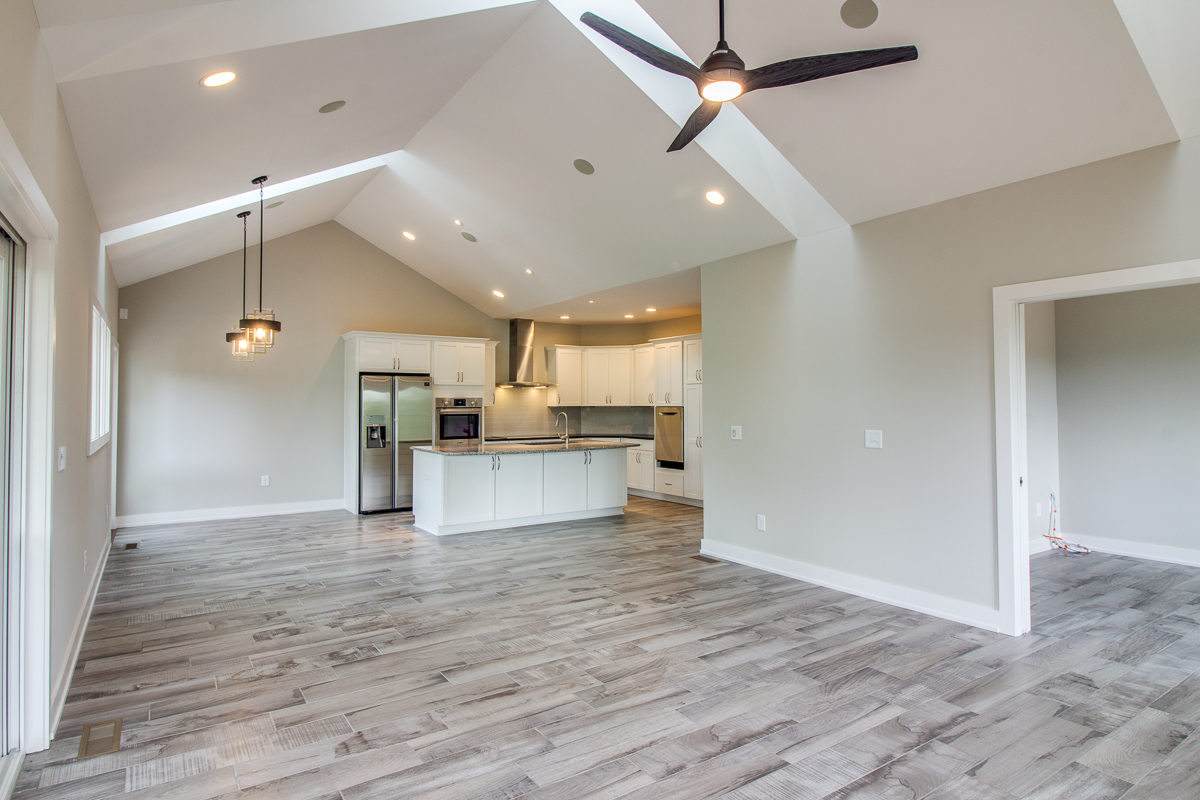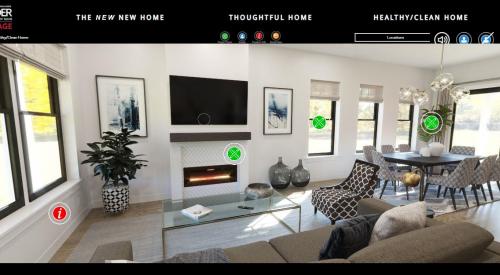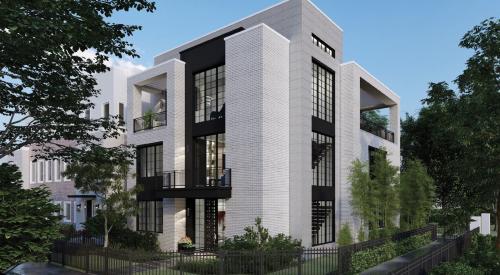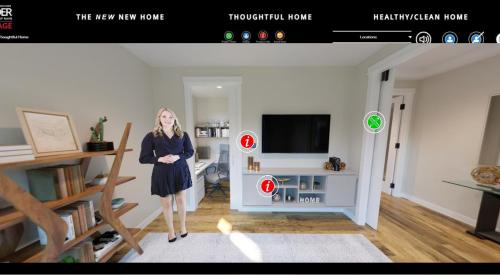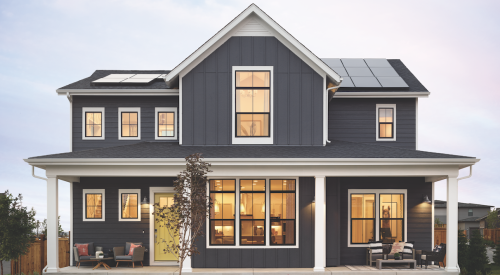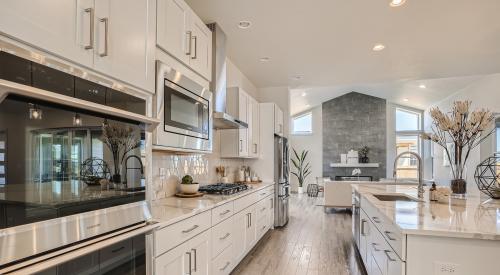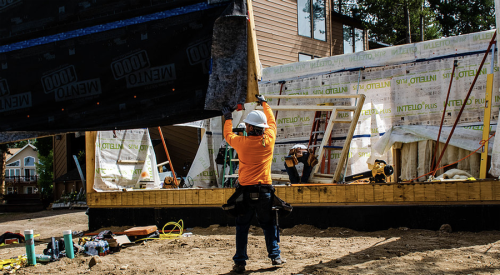The lifestyle changes forced by the pandemic are continuing to influence home buyer preferences and new home design, according to a panel of experts at the virtual International Builders Show in February.
What should new homes include in 2021?
“Consumers are asking for--demanding--innovation,” said Tim Sullivan, senior managing principal at Zonda, a housing research firm based in Costa Mesa, Calif., who moderated the panel of two builders (Gene Myers of Thrive Home Builders in Denver and Mike Trolle of BPC Green Builders in Wilton, Conn.) and architect John Guilliams of KGA Studio Architects in Louisville, Colo.
Here are the features they suggest you include in the new homes you build this year.
- Natural light. A year of working from home has demonstrated two things to buyers: the need to upgrade their home’s artificial lighting, especially in home offices; and the importance of natural light and the connection to the outdoors. “Function plus natural light equals maximum utility,” Sullivan said.
- A drop closet for deliveries. Online shopping will continue to be a time-saving convenience after the pandemic, and a drop closet near the entrance of the home provides security for packages and eliminates the clutter of cardboard boxes just inside the front door.
- Home offices. These dedicated workspaces “don’t need to be large,” said Sullivan, who says natural light and views of the outdoors can compensate for a small footprint. (Click here for work from home design ideas, including pocket offices, from Professional Builder’s 2021 Show Village.)
- Home exercise spaces. With health experts still worried about the risk of indoor gym workouts spreading covid-19, many Americans are exercising at home. To appeal to these health-oriented buyers, incorporate an exercise area into your floor plans. Like home offices, these speciality rooms can be smaller than they might have been in the past, just as long as there is enough room for a yoga mat, weights, and the increasingly popular Peloton bike. (The Thoughtful Home in the Professional Builder’s 2021 Show Village connects a pocket office and exercise space connected to the outdoors.)
- Clean, healthy air. “Almost 70% will pay for clean air in their home,” said Sullivan. But this is an opportunity that many builders fail to capitalize on. According to UTOPIA’s exclusive research on healthy homes, 69% of builders offer some form of healthy home features, but only 34% follow the EPA’s Indoor airPLUS program. If you’ve been wondering whether your home building firm should upgrade its air quality, filtration, or monitoring in your homes, this might be the year to do it. At BPC Green Builders, Trolle frequently uses stand-alone ERVs (energy recovery ventilation units) to provide ventilation and fresh air. He also invests in moisture management and low-VOC building materials.
- Photovoltaics. With solar panels dropping in cost and homes becoming increasingly efficient, demand for solar panels and net-zero homes (homes that produce as much energy as they use) is rising, according to Sullivan. It’s certainly been a successful niche for Thrive, which posted the lowest average HERS score (26.9) in the country among 300,000 rated homes, according to RESNET. Thrive’s Ultimate Z.E.N. home, a demonstration home with Professional Builder and the Energy and Environmental Building Alliance, is a net-zero home with solar and battery storage, as well as fresh air ventilation, air filtration, indoor air quality monitoring, and more. “It’s a home for the post-pandemic future,” said Gene Myers, Thrive’s CEO.
- Smaller garages with vehicle charging stations. “Garage size is less important as (ride sharing services) and work from home continues,” Sullivan said. But you might want to add a car charging station to that smaller garage, especially if you build in California; in 2018, nearly half (47%) of U.S. electric car registrations were in the Golden State, according to government data.
- A reasonable, affordable size. While a year of working and learning from home has motivated many buyers to purchase bigger homes, it’s important for builders not to go overboard with square footage. Sullivan recommended a range of 1,500 to 2,500 square feet as the ideal size to capture the largest slice of the market. Architect Guilliams also reminded builders to keep smaller homes in mind, citing the “missing middle” movement that seeks to address the challenges of middle-class housing in many markets with strong job growth, rising home prices, and tight supply. “As we start to get back to normal, the missing middle is going to require us to get smaller than 2,500 square feet,” said Guilliams, director of design at KGA. “Lots of these homes are going to be closer to the 1,200- to 1,500-square-foot size.”


